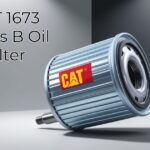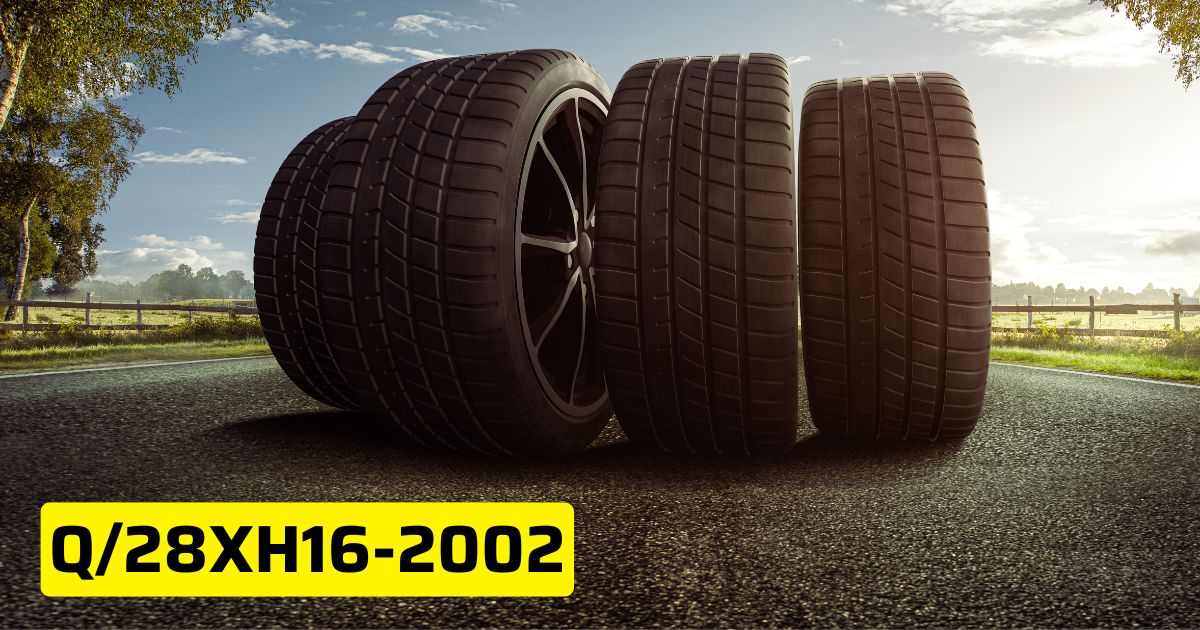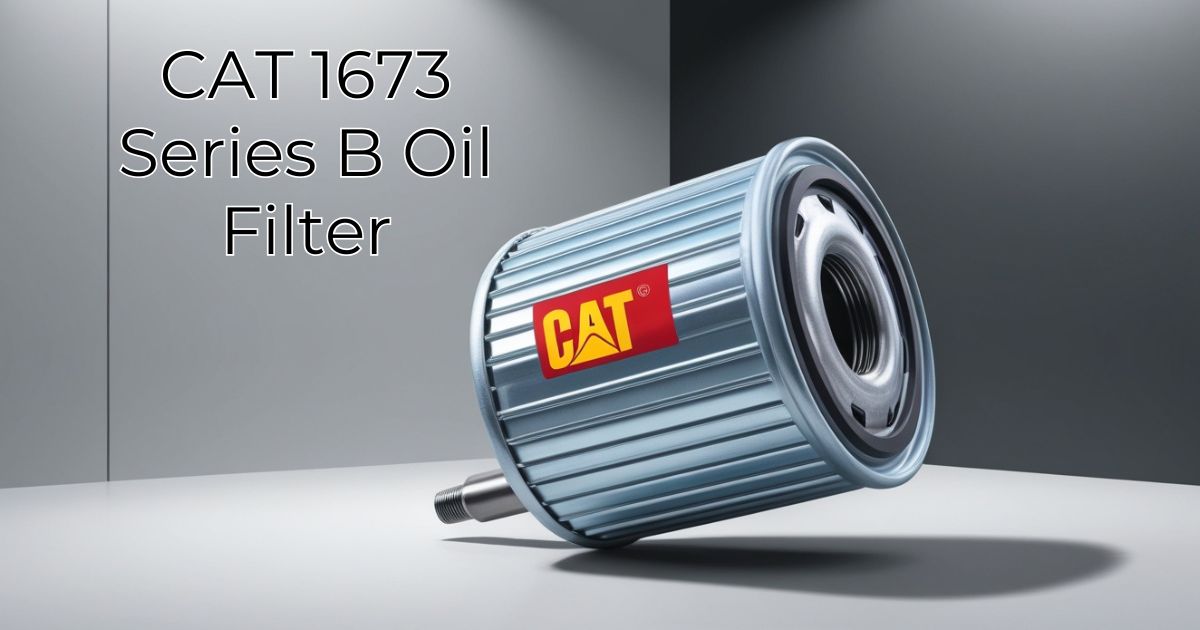The Q/28XH16-2002 is an essential tire specification that plays a crucial role in modern automotive design. This standard helps define key factors like performance, safety, and durability for tires across various vehicle types. With its emphasis on efficiency and robustness, the specification is widely used in the tire industry. Understanding this specification helps consumers and professionals alike make informed decisions when choosing tires for their vehicles.
Understanding Tire Specifications
Key Components of Tire Codes
Tire specifications like Q/28XH16-2002 contain several important details that help users understand the tire’s characteristics. For instance, the Q speed rating shows the maximum speed limit (99 mph). The numbers and letters following it (28, XH16, 2002) provide additional data on tire size, construction, and the year the specification was introduced. Each element is crucial for determining tire performance under specific driving conditions.
The Role of the Specification in Tire Design
Advancements in Material and Construction
Tires that meet specifications like Q/28XH16-2002 use advanced materials and construction techniques. Manufacturers are increasingly turning to silica-based rubber compounds and high-strength steel belts to improve durability. These enhancements ensure the tires deliver superior performance in terms of both longevity and reliability. Thanks to these innovations, the Q/28XH16-2002 specification is able to cater to a wide range of vehicle types, ensuring consistent performance across various driving conditions.
Improving Vehicle Safety
Safety is a top priority when designing tires. Tires built according to Q/28XH16-2002 standards are tested for safety in multiple conditions. The tread patterns and rubber composition contribute to excellent traction, reducing the chances of hydroplaning in wet weather and improving control on dry roads. These features make tires that comply with the specification an essential component in ensuring vehicle stability.
Key Features of Modern Tires
Performance Metrics: Load, Speed, and Temperature
Tires like those in the Q/28XH16-2002 range are built to withstand heavy loads and high speeds. The load rating indicates how much weight the tire can support safely, while the speed rating ensures that the tire can perform effectively at the specified maximum speed. The temperature rating also ensures that the tire can handle heat generated by high-speed driving without compromising performance or safety.
Innovations in Rubber Composition
Tire manufacturers are constantly refining rubber compounds. Innovations like the use of silica in tire designs improve both performance and efficiency. Tires meeting Q/28XH16-2002 standards typically feature advanced compounds that enhance fuel economy and durability. This allows for longer-lasting tires without compromising on performance.
Also Read: Johann Heinrich Leonard III Baschi-Freston-Frey X
Benefits of Following Tire Specifications
Cost-Effectiveness and Durability
Tires designed according to Q/28XH16-2002 provide great value for consumers. These tires offer a balance of affordability and high performance, making them a reliable choice for everyday vehicles. The durability of these tires ensures that consumers won’t need to replace them as often, providing further savings over time.
Environmental Considerations
With increasing demand for eco-friendly solutions, tire manufacturers are focusing on reducing their environmental impact. Tires built to Q/28XH16-2002 specifications often feature low rolling resistance, which helps improve fuel efficiency and reduce overall emissions. This makes them a good choice for consumers looking to minimize their carbon footprint while enjoying reliable tire performance.
Applications for Various Vehicles
Suitable for Standard Vehicles and Trucks
The Q/28XH16-2002 tire specification is suitable for a wide range of vehicles. These tires are often used in passenger vehicles, but they can also support the needs of light trucks. Their ability to handle varying loads and provide stable traction makes them ideal for both city driving and highway travel.
Industrial and Commercial Uses
In addition to standard consumer vehicles, Q/28XH16-2002 tires are used in commercial and industrial applications. Their strong build and reliability under heavy loads make them an excellent choice for trucks, delivery vehicles, and machinery. Their robust performance ensures safety and longevity even in high-demand environments.
Fuel Efficiency and Performance
Optimizing Rolling Resistance
One of the most significant benefits of Q/28XH16-2002 tires is their reduced rolling resistance. This means that the tires require less energy to move the vehicle, resulting in better fuel efficiency. Tires with lower rolling resistance can help drivers save on fuel costs, which is an important factor in reducing long-term vehicle operating expenses.
Contributing to Environmental Goals
Fuel-efficient tires like Q/28XH16-2002 are also beneficial for the environment. By improving fuel efficiency, these tires reduce carbon emissions, making them a sustainable choice for eco-conscious drivers. As the automotive industry moves towards greener solutions, tires like these play a vital role in supporting more sustainable transportation.
Safety Features and Standards
Meeting Global Safety Regulations
Tires that meet specifications like Q/28XH16-2002 undergo rigorous testing to ensure they meet safety standards. These tires are tested for durability, handling, and performance under various driving conditions. Whether on wet roads or snowy surfaces, tires designed with these standards offer stability and control, helping drivers stay safe on the road.
Performance in Adverse Weather Conditions
In addition to overall durability, Q/28XH16-2002 tires perform well in challenging weather conditions. Their tread patterns are designed to improve traction on wet, icy, and snow-covered roads. This ensures that vehicles equipped with these tires maintain optimal control, even in the harshest weather, contributing to greater driving safety.
Comparing Tire Specifications
Differences Between Various Tire Codes
Tire specifications like Q/28XH16-2002 differ from other standards, such as V or W ratings, which cater to vehicles requiring higher speeds. While Q/28XH16-2002 is ideal for standard vehicles, other tires may prioritize performance in high-speed conditions. Understanding these differences helps consumers select the right tire for their specific needs, whether they require speed, durability, or load capacity.
Selecting the Right Tire for Your Vehicle
Choosing the right tire is essential for optimal vehicle performance. While Q/28XH16-2002 tires meet the needs of many vehicles, performance-oriented or heavy-duty vehicles may require other specifications. By understanding these requirements, drivers can ensure they select the best tire for their needs.
Future Developments in Tire Technology
Evolving Tire Materials
As tire technology evolves, we can expect continued improvements in materials used in tire design. Future versions of Q/28XH16-2002 tires could incorporate even more advanced compounds, offering better performance, longer life, and greater efficiency. These developments will continue to push the boundaries of what tires can achieve.
Trends Shaping the Future of Tire Design
With the rise of electric and autonomous vehicles, the tire industry is undergoing significant changes. Tires like those meeting Q/28XH16-2002 specifications may evolve to meet the new requirements of these vehicles. This could include features like improved wear resistance and better performance for the unique demands of electric vehicles.
Conclusion
The Q/28XH16-2002 tire specification is essential for modern automotive design. It strikes a perfect balance between safety, performance, and fuel efficiency, making it suitable for a wide range of vehicles. With its reliable performance and durability, it continues to be an essential choice for tire manufacturers and consumers alike.
As tire technology advances, specifications like Q/28XH16-2002 will evolve to meet new demands. Innovations in material science, efficiency, and performance will ensure that tires continue to provide enhanced safety and reliability for years to come.










